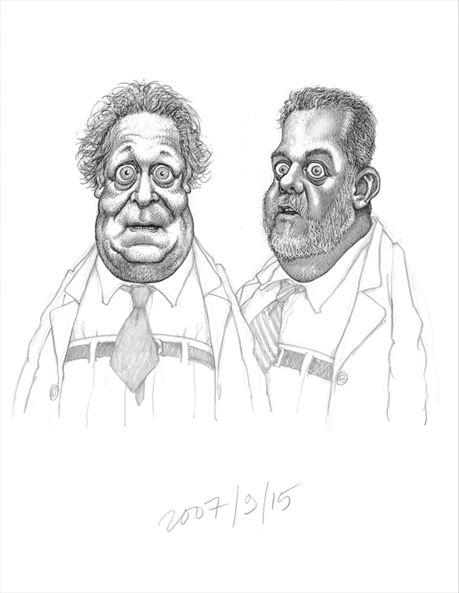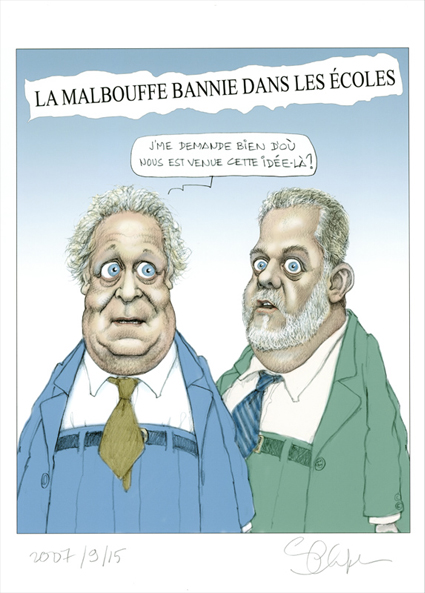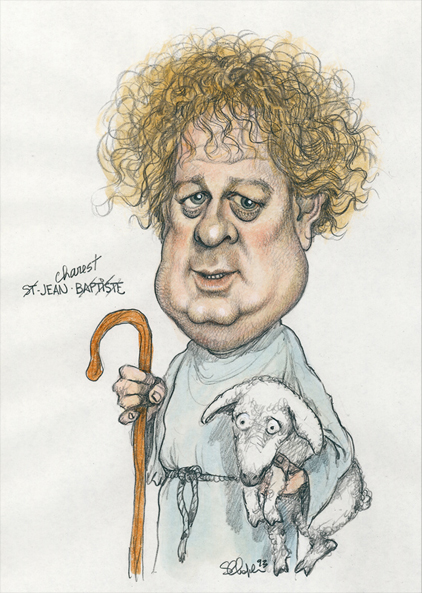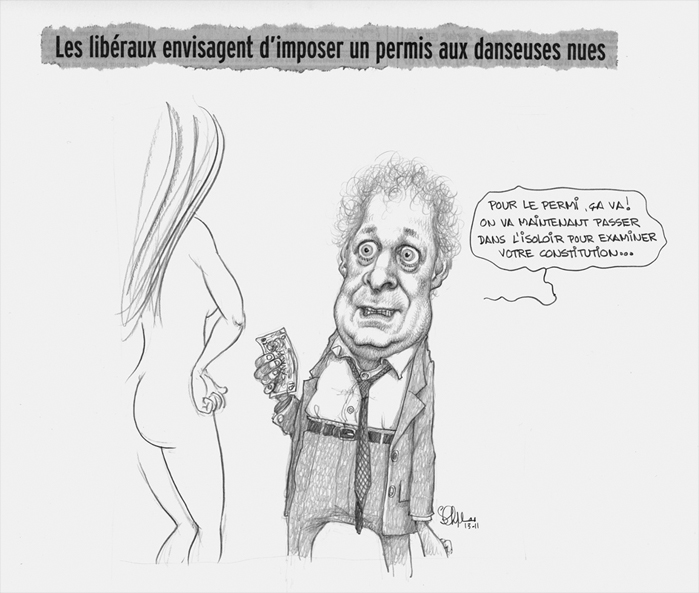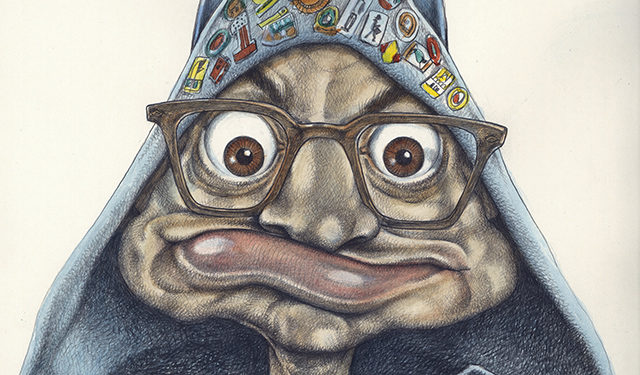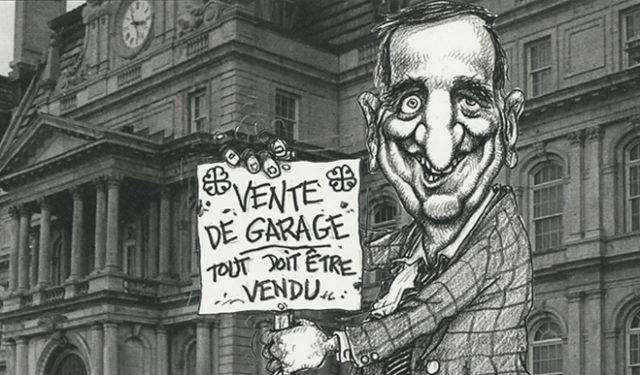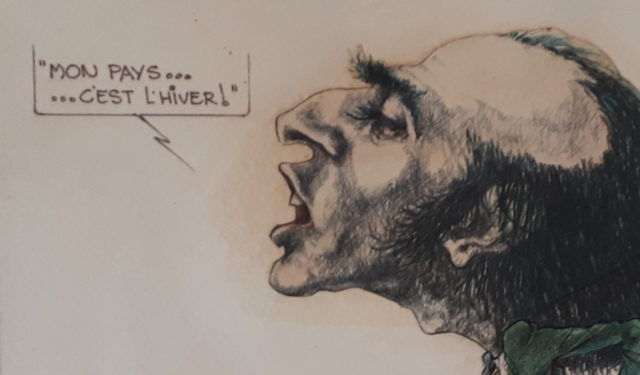The Chapleau Fonds, as Seen by a Conservator
Seeing beyond the image and text when looking at a cartoon.
April 11, 2020
It may seem odd, but I rarely laugh when I have a Chapleau cartoon in my hands. That’s because, as a conservator, I quickly scan the image as a whole and ignore the text. I look carefully at the surface of the paper, its texture and brightness, the margins, and the opaqueness of the drawing materials. I identify the drawing techniques and the different steps taken to produce the image. I take note of any losses, signs of wear, ageing of materials, the presence of fingerprints, yellowing in the paper and any deformations in the support. Then I examine the verso: are there any signs of insects, dust particles, odd stains, or inscriptions added by the author or someone else?
Some damage is related to the materials used by the artist, like yellowing adhesives, while some damage, like the cockling of the paper, for example, is caused by the environment. I then formulate a preservation strategy for storing the work and set treatment priorities, including a proposal for the treatment of the work needed before it can be displayed in an exhibition.
My goal is to conserve the drawing, paying particular attention to what is original to it, enabling the viewer to better understand and enjoy its message. The work of Serge Chapleau has evolved over time, and our mission is to preserve all of its artistic and technical qualities.
The McCord Museum has been acquiring works by Serge Chapleau since 1996; today, it houses approximately 7,000 of his cartoons, representing some fifty years of production, from 1969 to 2019. In 1998, I wrote up my first condition report for the cartoonist’s donation of 207 original drawings. I have also had the opportunity to work with Chapleau’s cartoons for three major exhibitions produced by the Museum: Aislin & Chapleau. Caricatures (1997), Cartooning Calamities! (2012) and Chapleau – Profession: Cartoonist.
And my story continues! In future articles, I will look at the various materials and techniques Chapleau has worked with over the years and how this has an impact on the conservator’s work.

